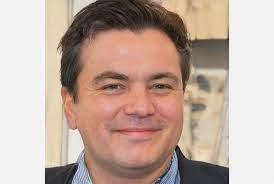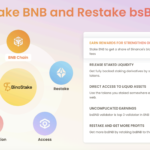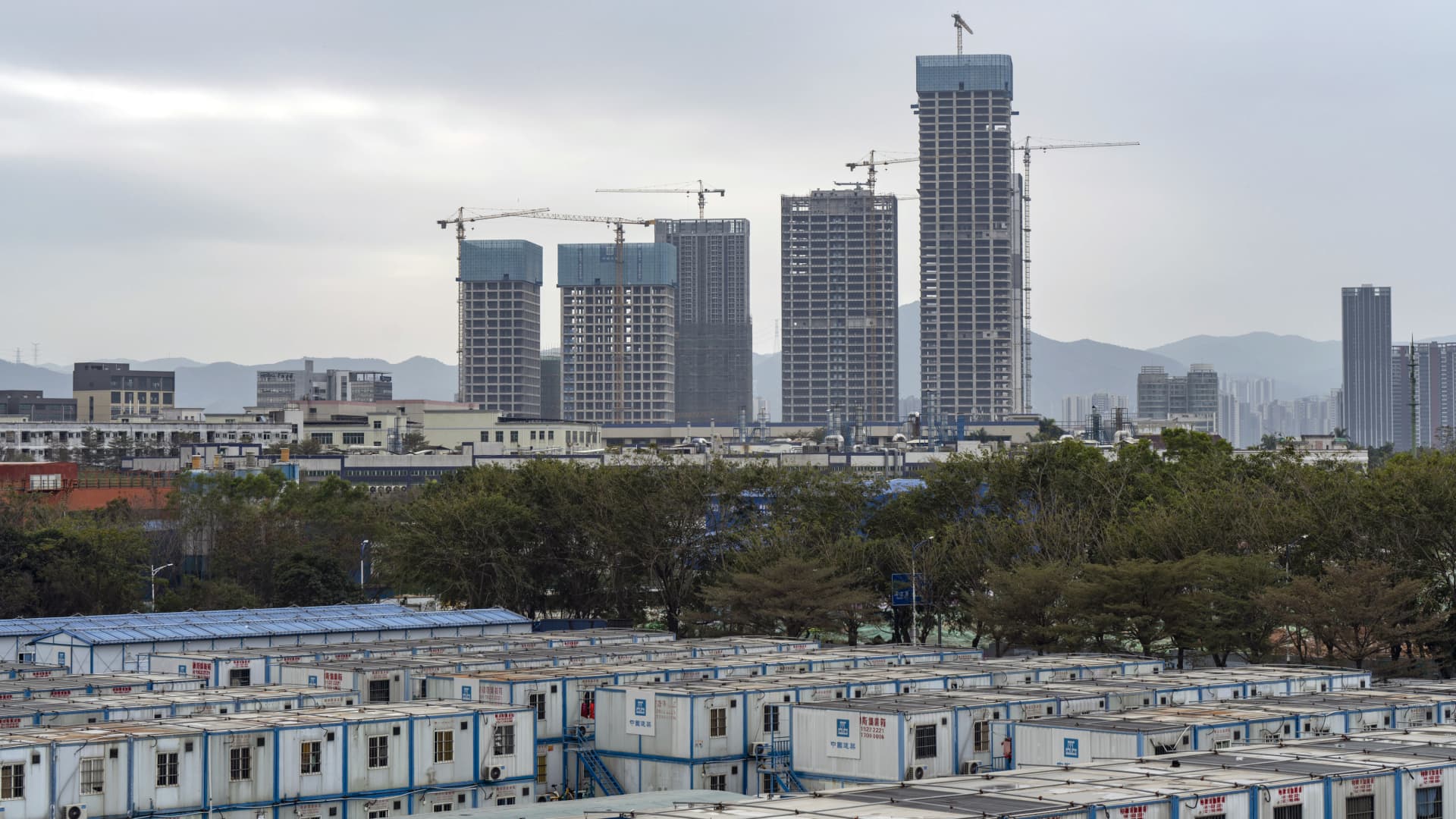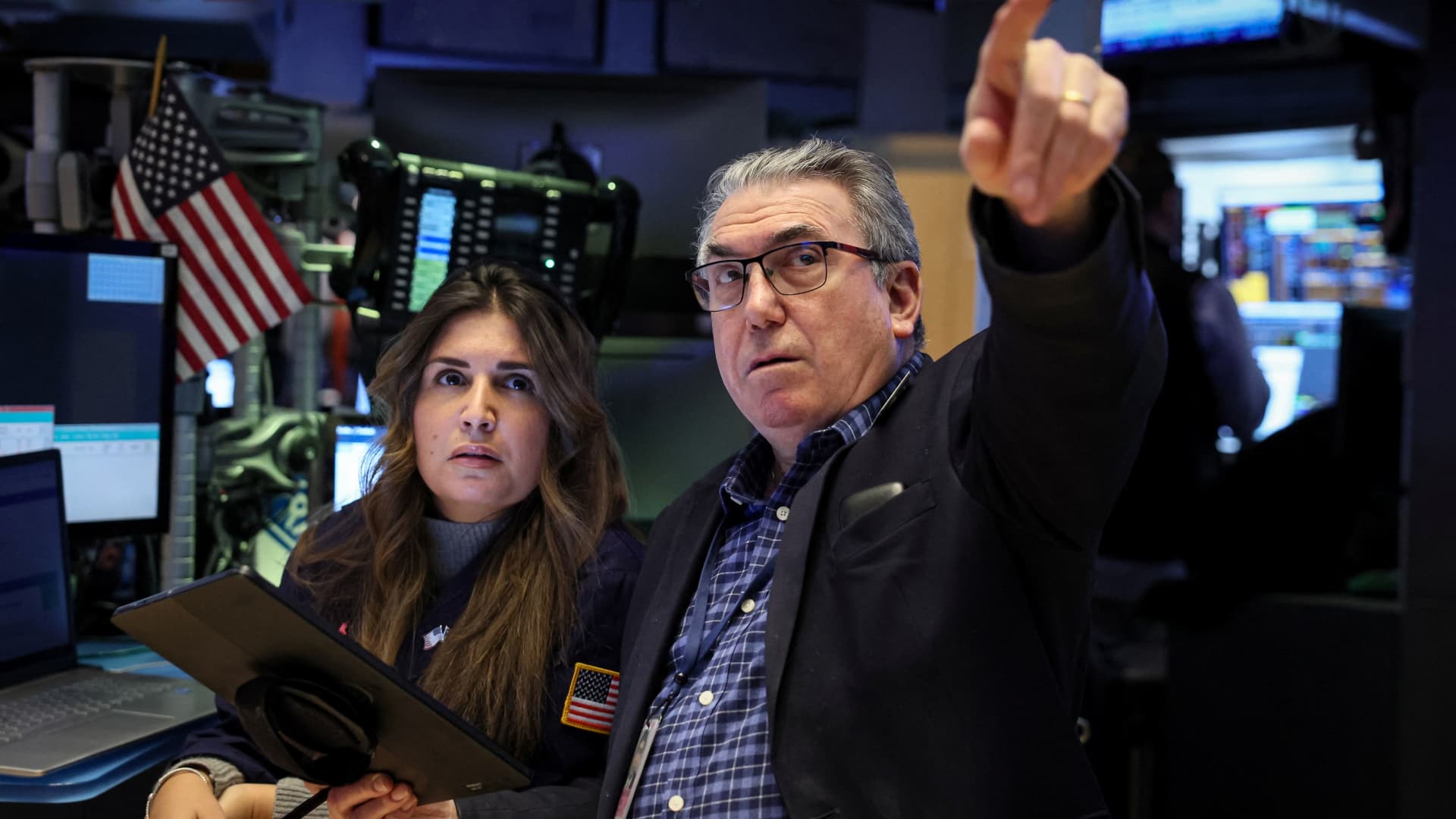Top economists and central bankers agree that interest rates will remain higher for a longer period, creating uncertainty in global markets. Central banks worldwide have been aggressively raising interest rates in an attempt to curb rising inflation, although the results have varied. The US Federal Reserve, after pausing its rate hikes in September, had increased its main policy rate from 0.25-0.5% in March 2022 to 5.25-5.5% in July 2023.
Despite the pause, the Fed officials have indicated that rates may need to stay higher for longer than initially anticipated for inflation to reach the central bank’s 2% target sustainably. World Bank President Ajay Banga echoed this sentiment, stating that higher rates would complicate the investment landscape for companies and central banks globally.
Although US inflation has decreased from its peak in June 2022, it remained above expectations at 3.7% in September. Greg Guyett, CEO of global banking and markets at HSBC, expressed concerns about the persistently high borrowing costs, which have resulted in a sluggish deal environment and weakened capital issuance.
The European Central Bank (ECB) raised interest rates for the tenth consecutive time last month, bringing its main deposit facility to a record 4%. However, the ECB signaled that further rate hikes might not be imminent. Various central bank governors and members of the ECB’s Governing Council noted that the door must remain open for future hikes due to persistent inflationary pressures and the potential for new shocks.
The suggestion that rates will stay higher for longer is not new, according to Croatian National Bank Governor Boris Vujčić. However, he believes that the markets in the US and Europe have been slow to adjust to this expectation. Vujčić emphasized that interest rates would not decrease until there is a firm indication of a decline in inflation. Meanwhile, Eurozone inflation fell to 4.3% in September, its lowest level since October 2021. Vujčić anticipates further declines but expressed uncertainty about reaching the medium-term target.
Bank of Latvia Governor Mārtiņš Kazāks echoed the caution expressed by Vujčić, stating that he would not rule out further rate increases due to ongoing wage growth and geopolitical risks. He emphasized the need for caution in monitoring inflation developments and stated that monetary policy is entering a new “higher for longer” phase to achieve the ECB’s target inflation rate.
Austrian National Bank Governor Robert Holzmann also leaned towards a more hawkish stance, noting that the risks to the current inflation trajectory remain tilted to the upside. He highlighted possible disturbances, such as geopolitical conflicts and higher oil prices, that could necessitate further rate hikes.
South African Reserve Bank Governor Lesetja Kganyago stated that the job is not yet complete, but the bank is at a point where it can pause to assess the effects of previous monetary policy tightening. The South African Reserve Bank raised its main repo rate from 3.5% in November 2021 to 8.25% in May 2023, where it has remained.
Overall, the consensus among top economists and central bankers is that interest rates will remain elevated for an extended period, impacting global markets. The path and timing of future rate changes will largely depend on inflation developments and potential shocks in the global economy.

I have over 10 years of experience in the cryptocurrency industry and I have been on the list of the top authors on LinkedIn for the past 5 years. I have a wealth of knowledge to share with my readers, and my goal is to help them navigate the ever-changing world of cryptocurrencies.











